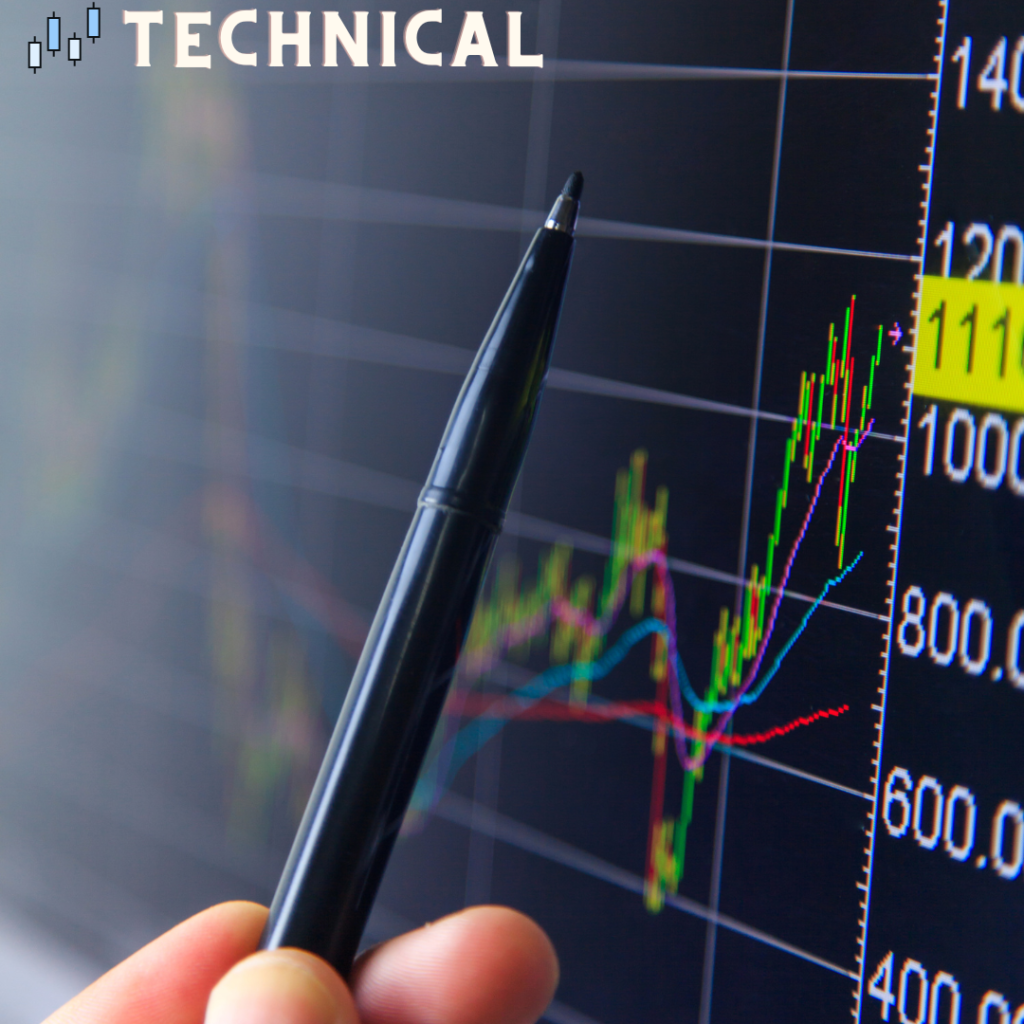Technical vs. Fundamental Analysis: Unveiling the Strategies of Forex Trading

Technical vs. Fundamental Analysis
In the world of forex trading, two primary schools of thought reign supreme: technical analysis and fundamental analysis. Each approach offers a unique lens through which traders view the markets, and understanding the differences between them is essential for success. In this guide, we’ll delve into the distinctions and benefits of technical analysis and fundamental analysis, helping you discover which strategy aligns best with your trading style.
The Battle of Titans: Technical vs. Fundamental Analysis
Before we dive into the details, let’s understand the basic principles behind these two methods:
“Technical analysis and fundamental analysis represent the yin and yang of forex trading. Technical analysis focuses on charts, patterns, and historical price data, while fundamental analysis delves into economic factors, news events, and market sentiment.” – ForexGoodBlog
Technical Analysis: Riding the Waves of Price Movements
1. The Foundation of Technical Analysis
Technical analysis is all about studying historical price charts and patterns. Traders who favor this approach believe that historical price movements and patterns tend to repeat themselves. Key elements of technical analysis include:
- Charts: Utilizing various types of charts, such as candlestick charts, to visualize price data.
- Indicators: Using technical indicators like Moving Averages, Relative Strength Index (RSI), and MACD to identify trends and momentum.
- Patterns: Recognizing chart patterns like head and shoulders, double tops, and flags, which can signal potential price reversals.
Pro Tip: To explore popular technical indicators and how to use them, check out our article on Mastering Technical Indicators.
2. The Strengths of Technical Analysis
Technical analysis offers the following advantages:
- Objective Analysis: It’s based on quantifiable data, making it more objective.
- Short-Term Focus: Ideal for traders with shorter time horizons, like day traders and scalpers.
- Useful for Timing: Helps traders time their entry and exit points.
Fundamental Analysis: Peering into the Heart of Markets
1. The Foundation of Fundamental Analysis
Fundamental analysis, on the other hand, digs into the real-world factors that affect the value of currencies. It encompasses the following key aspects:
- Economic Indicators: Analyzing economic indicators like Gross Domestic Product (GDP), employment data, and inflation rates.
- Central Bank Policies: Understanding the policies and decisions of central banks, such as interest rate changes.
- Geopolitical Events: Considering geopolitical events, news, and market sentiment that can influence currency values.
Pro Tip: For an in-depth look at economic indicators and their impact on trading, visit our article on Mastering Forex Economic Indicators.
Technical vs. Fundamental Analysis
2. The Strengths of Fundamental Analysis
Fundamental analysis provides the following advantages:
- Long-Term Perspective: Ideal for long-term investors and traders looking at broader market trends.
- Understanding Context: Helps traders understand the “why” behind market movements.
- Risk Assessment: Can assist in assessing and managing risk based on economic and geopolitical factors.
Choosing Your Path
In the battle of technical vs. fundamental analysis, there’s no definitive winner. Your choice depends on your trading style, goals, and preferences. Many successful traders incorporate elements of both methods to make well-informed decisions.
Note: For more educational resources and trading tips, visit our website at ForexGoodBlog.
In the dynamic world of forex trading, mastering technical and fundamental analysis is a journey worth embarking upon. Both approaches offer valuable insights, and your ability to harness their strengths can lead to success in the forex market. Happy trading!

